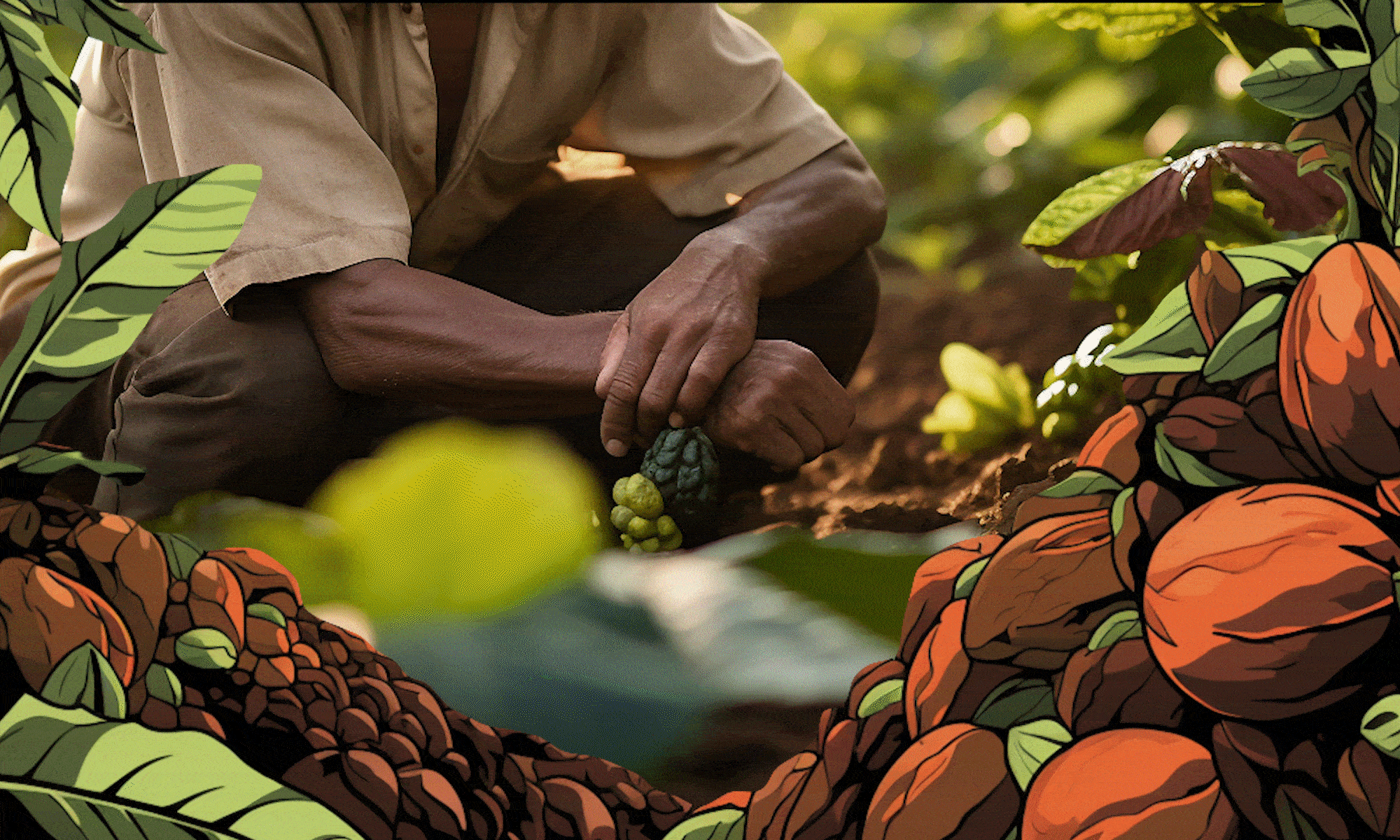Cacao fermentation is one of the most critical steps in chocolate production, influencing not only the flavor and aroma of the final product but also its chemical composition and quality. Without fermentation, cacao beans retain an astringent, bitter taste and lack the complex flavors that chocolate enthusiasts cherish. Understanding the science behind cacao fermentation provides valuable insight into why this process is essential and how it shapes the chocolate industry.
What is Cacao Fermentation?
Cacao fermentation is a natural microbial process that occurs when freshly harvested cacao beans, still encased in their sugary pulp, are placed in fermentation boxes, baskets, or even heaped into piles. This process typically lasts between 2 to 7 days, depending on the variety of cacao and the environmental conditions.
Fermentation involves a succession of microbial communities, including yeast, lactic acid bacteria, and acetic acid bacteria, each playing a crucial role in transforming the chemical makeup of the beans. This microbial activity generates heat, raises the temperature of the fermenting mass, and triggers biochemical reactions within the beans.
The Microbial Phases of Fermentation
1. Yeast Fermentation (Anaerobic Phase)
The process begins with yeasts (Saccharomyces and Candida species), which consume the sugars in the cacao pulp, converting them into ethanol and carbon dioxide. This phase typically lasts 24 to 48 hours. The yeasts also produce enzymes that break down proteins and contribute to the development of precursor flavor compounds.
2. Lactic Acid Fermentation
As oxygen levels increase, lactic acid bacteria (such as Lactobacillus) take over, converting residual sugars and ethanol into lactic acid. This step further influences the acidity of the beans and begins to kill off the germ within the seed, ensuring proper drying and preservation.
3. Acetic Acid Fermentation (Aerobic Phase)
Oxygen exposure allows acetic acid bacteria (Acetobacter species) to oxidize ethanol into acetic acid. This reaction generates heat, causing the temperature within the fermentation mass to rise to approximately 45–50°C (113–122°F). This heat and acidity penetrate the beans, disrupting cellular structures and enabling enzymatic reactions that develop chocolate’s characteristic flavors and reduce bitterness.
Biochemical Transformations During Fermentation
1. Reduction of Astringency and Bitterness
Raw cacao beans contain polyphenols and tannins, which are responsible for their astringent taste. During fermentation, these compounds undergo oxidation and polymerization, reducing their bitterness and making the flavor more palatable.
2. Formation of Flavor Precursors
Fermentation influences the development of key flavor precursors, including amino acids and reducing sugars. These precursors later undergo Maillard reactions during roasting, producing the complex chocolatey aromas and flavors appreciated in fine chocolate.
3. Breakdown of Proteins and Fats
Enzymatic activity during fermentation breaks down proteins into peptides and amino acids, while lipid transformations enhance the smooth texture of the final product. This contributes to the distinct mouthfeel of high-quality chocolate.
The Impact of Fermentation on Chocolate Quality
1. Flavor Development
Proper fermentation enhances the flavor complexity of cacao. Under-fermented beans may retain undesirable bitterness, while over-fermented beans can develop off-flavors. Controlled fermentation optimizes the balance of acidity, fruitiness, and chocolate notes.
2. Reduction of Off-Notes
Incomplete fermentation can lead to undesirable flavors such as excessive bitterness, grassy or raw bean tastes, and poor aroma development. A well-managed fermentation process ensures that the chocolate has a rich and pleasant profile.
3. Influence on Bean Color
Fermentation also affects the color of cacao beans. Properly fermented beans develop a deep brown hue due to polyphenol oxidation, while unfermented beans remain a pale, reddish color, which can impact the appearance of the final chocolate product.
Comparison: Fermented vs. Unfermented Cacao
Conclusion
Cacao fermentation is a fundamental step in chocolate production, essential for reducing bitterness, developing desirable flavors, and enhancing the quality of the final product. Through microbial activity and biochemical transformations, fermentation helps unlock the full potential of cacao beans, making them suitable for premium chocolate production.
Understanding the science behind fermentation allows both cacao farmers and chocolate makers to refine their techniques, ensuring that consumers enjoy the best possible chocolate experience. As research continues to uncover new details about this process, the chocolate industry can further optimize fermentation methods to produce even better flavors and textures in the years to come.

